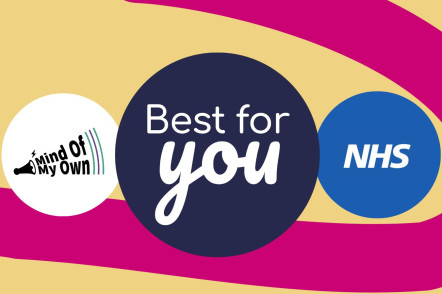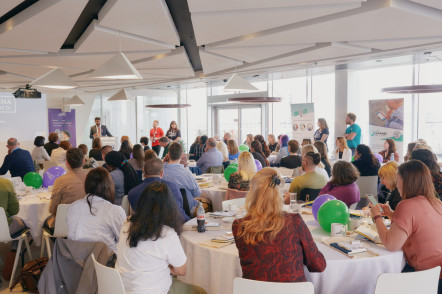This is the second in our “Safer online” blog trilogy. See the first one here
1. Know where your data goes
It’s no secret that privacy statements are often overlooked but understanding how an app or company stores and potentially shares your data is important and you need to know where your data goes. We have worked really hard with groups of young people to make our privacy statements as plain text as possible, because who wants to a read a ten-page statement that reads like a contract? You can read more about how our apps are made here. Besides that, knowing and understand where your information goes is empowering and ensures that you are always in control. You can access your privacy settings in the general settings of most apps and websites so you can see what types of information are being shared and stored. With GDPR, you also have the right to be forgotten, meaning that you have a right to have all your personal data erased from an app or website. More information about this is available here.
2. Password protect your devices and accounts
Most websites that offer accounts ensure that you password protect them, and it is important to have varying passwords for different sites. This is also includes the devices you own such as smartphones, tablets and computers. It is important not have the same password for different accounts and not to use family names or other words that would be easy for a hacker to guess. If a person with bad intentions has access to one password, they will be able to access multiple accounts. Password protecting your devices will also ensure that your information is kept safe if the device is stolen. Additionally, it is important to report your stolen devices and have them erased as soon as possible. Having a host of different passwords is difficult to remember so using tools such as Last Pass in which to store them is helpful. It is also important to not share your passwords with family members or significant others, remind them that it isn’t a matter of trust or secrecy, but of protecting your information.
3. Be curious and critical
The concept of ‘fake news’ has reached fever pitch in the past couple of years. Rumours and false facts are easily passed around and made viral on the internet. There are many reasons for this and a way to ensure that you do not receive any misinformation is look for information outside of your social media feeds and preferred media sources. If a news article pops into your feed, look at the sources and search the topic to see what other media sources are saying. This way you will see different perspectives on the topic and consider different views. If an influencer or celebrity you follow is promoting a certain brand or product, check to see if it is an ad or sponsorship and decide if the product would be right for you if it wasn’t being promoted. Understanding the context and knowing the sources will empower you to make your own choices and form your own opinions.
These are just three tips, but there are many great resources available to understand different aspects of digital literacy. Parentzone provides many online resources for parents, schools and local authorities to understand how to discuss and teach internet safety. Having the tools and the understanding of how information is shared, stored and consumed should be empowering, not terrifying.
Look out for our third and final blog post in this series, coming soon!
Scarlett Cinotti




